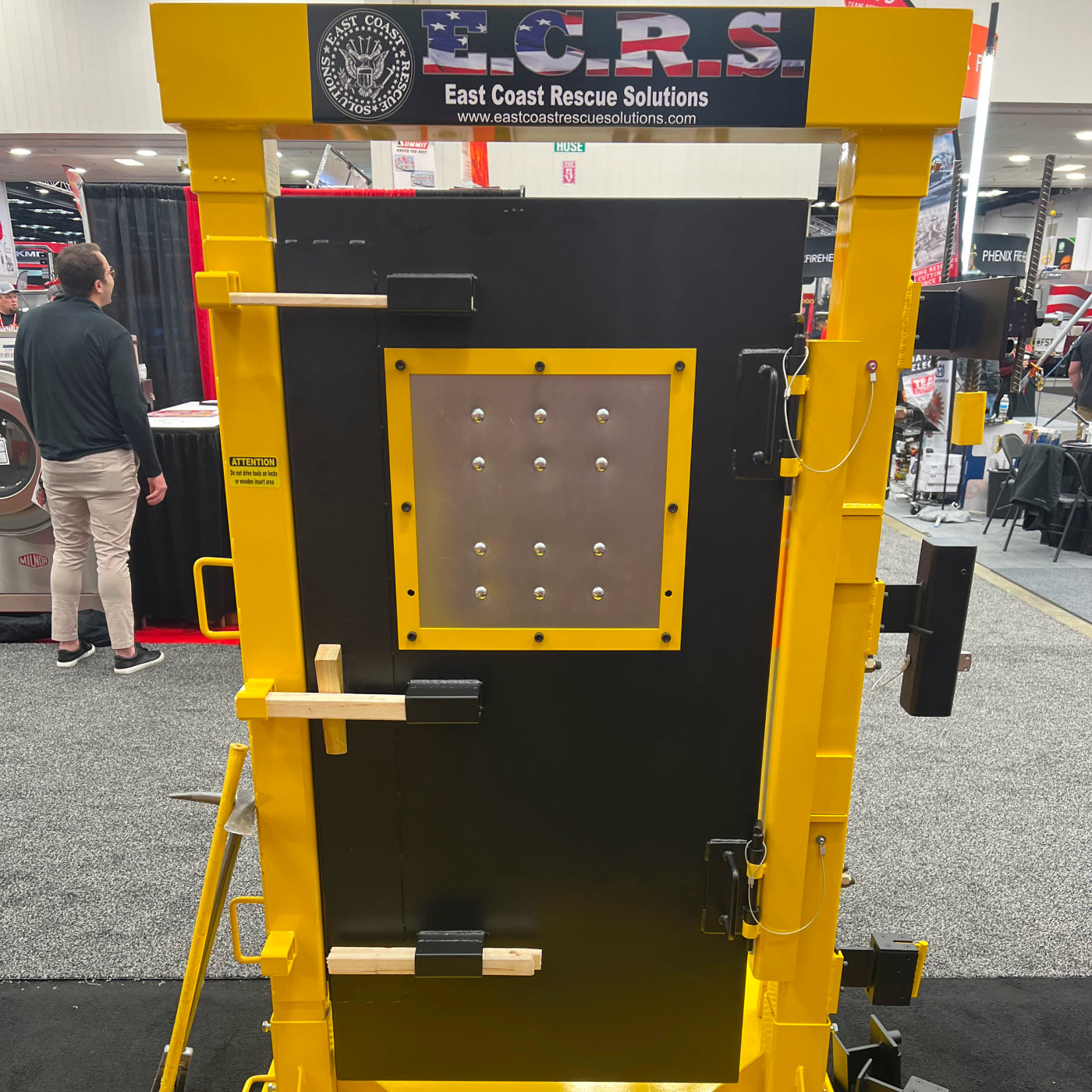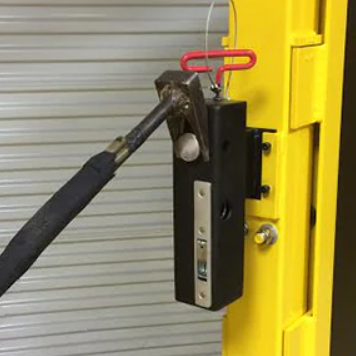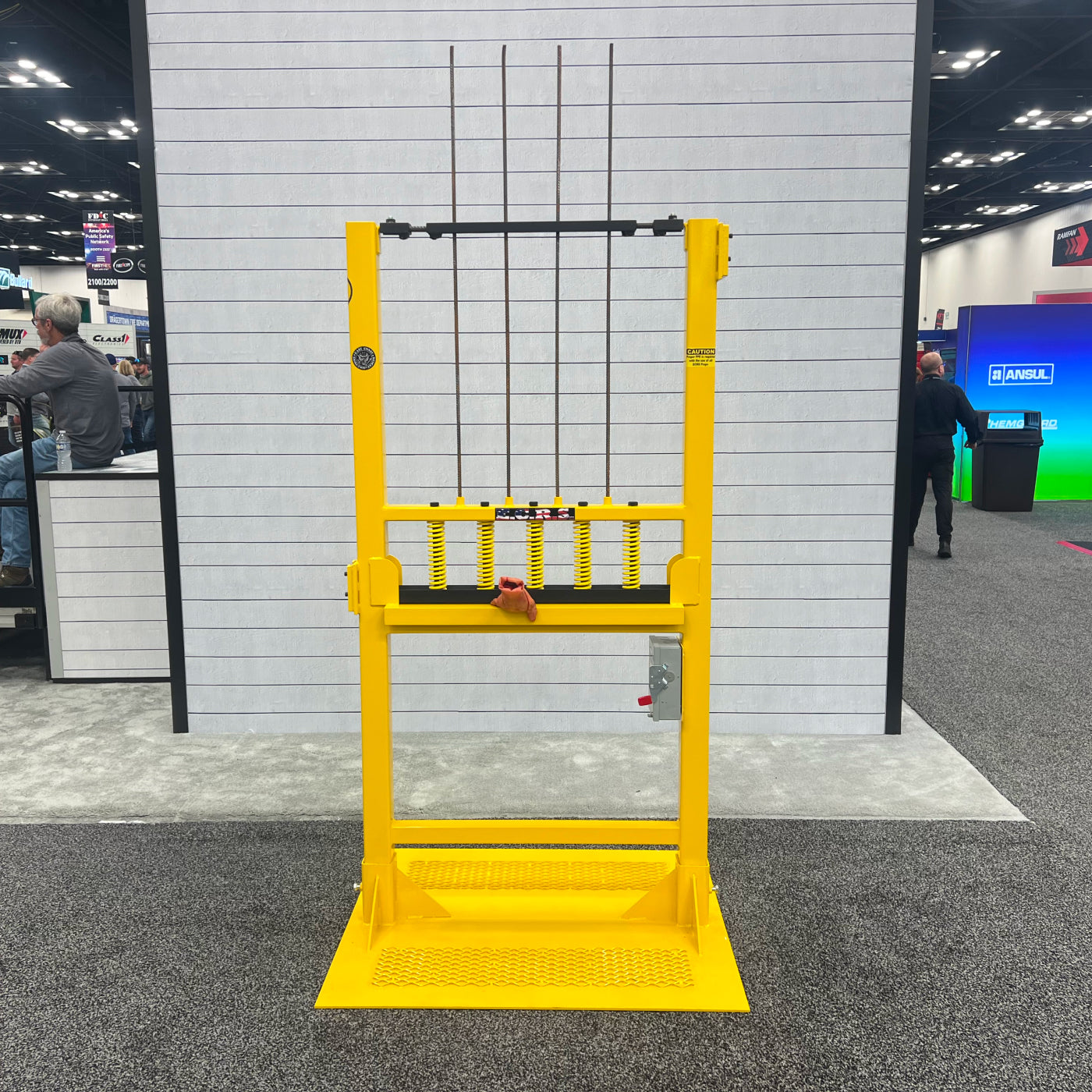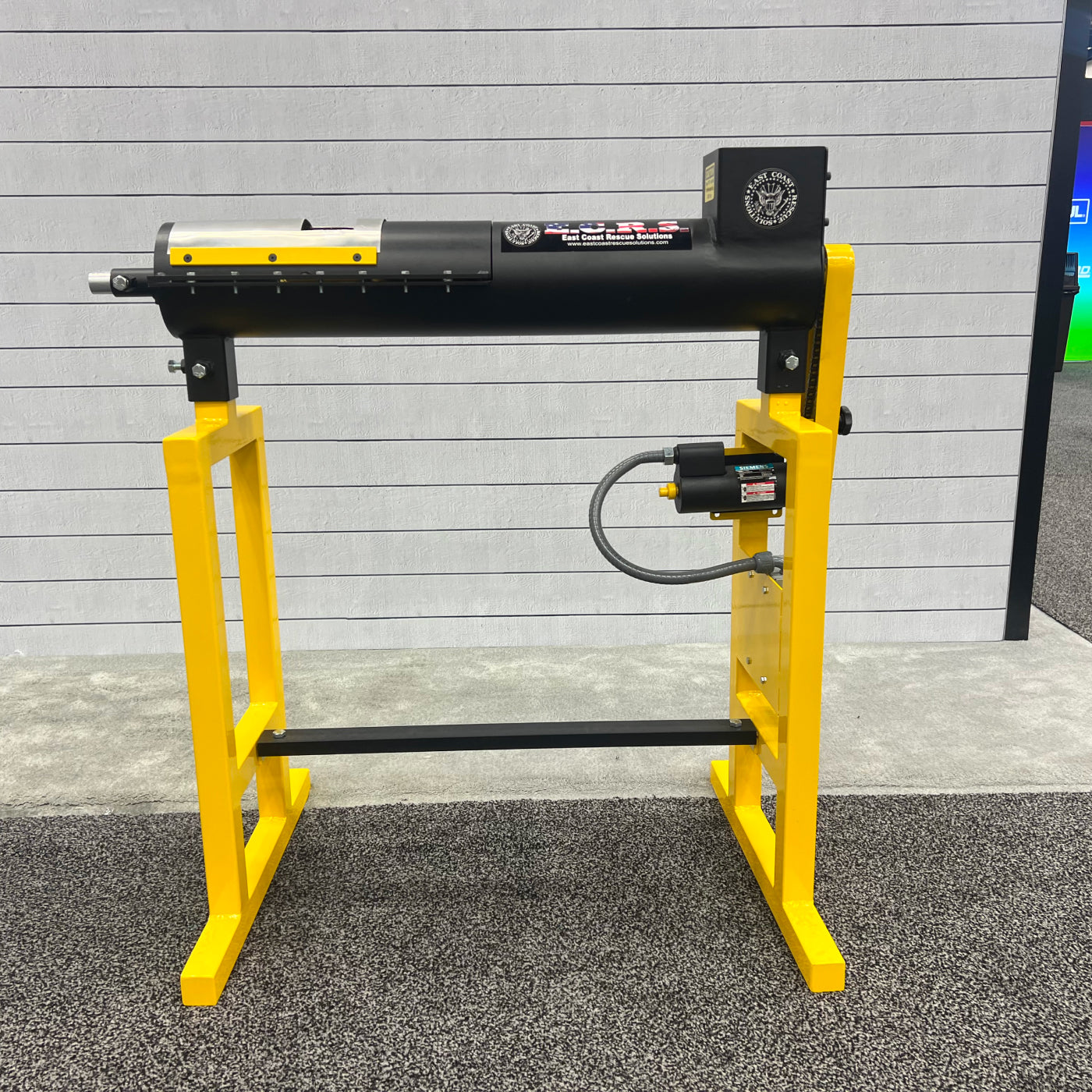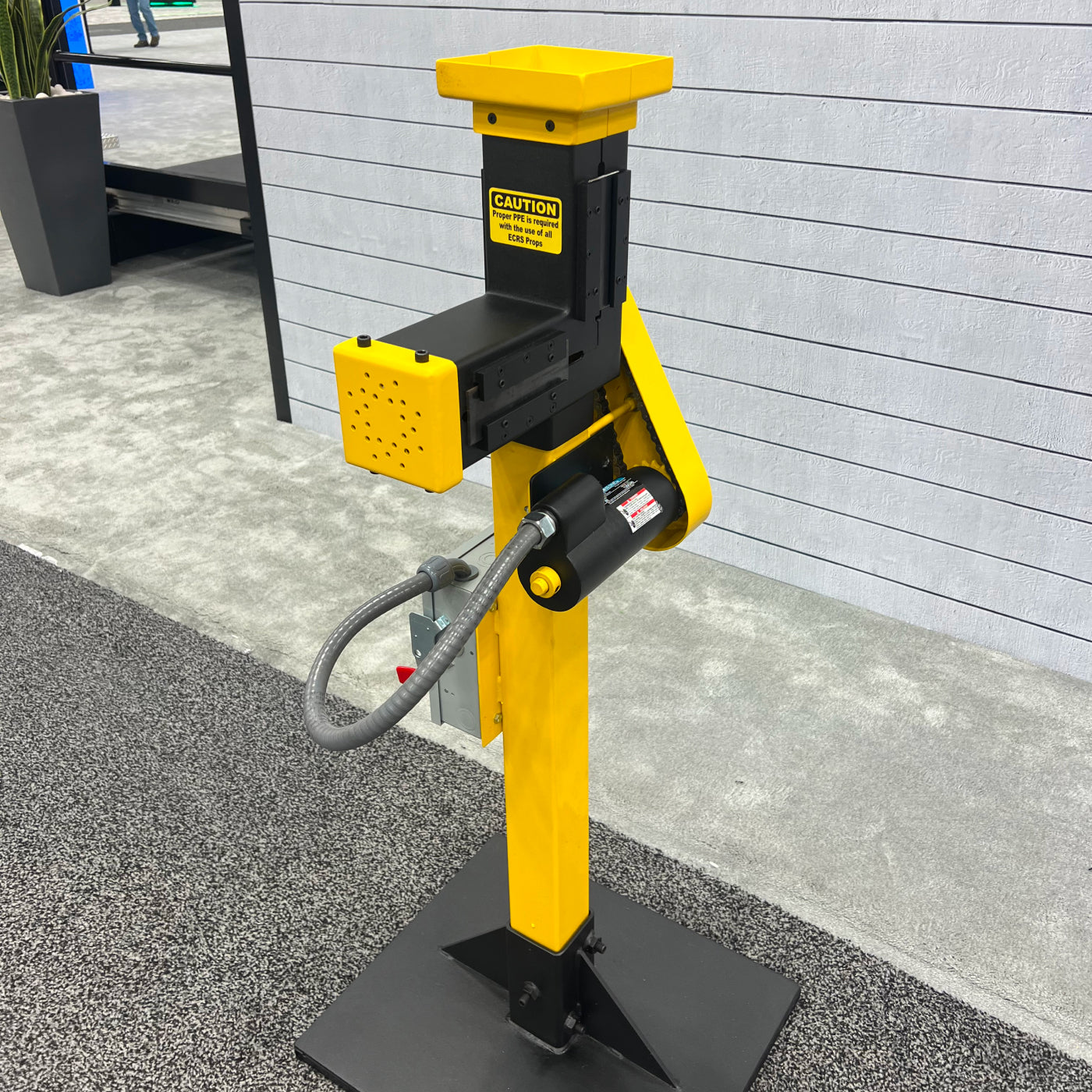Your fire hook is more than a demolition tool—it’s an extension of your reach, your leverage, and your safety.
But without regular care, even the toughest hook will wear down, rust out, or fail you when you need it most. In this guide, we’ll walk you through exactly how to inspect, clean, and store your fire hook so it stays deployment-ready for every call.
Why Hook Maintenance Matters
Fire hooks are exposed to extreme conditions: high heat, moisture, smoke, and impact. Without proper maintenance, common problems include:
-
Loose or damaged heads
-
Shaft splinters or corrosion
-
Grip failure
-
Decreased visibility due to soot buildup
If you wouldn’t tolerate a compromised SCBA or dull axe, you shouldn’t accept a poorly maintained hook. Whether it's a Pro Bar on the truck or a fiberglass overhaul tool, every hook deserves attention after every job—and on a regular schedule.
Monthly Inspection Checklist
Add this checklist to your station's tool inspection rotation. Use it after working fires, training burns, or anytime the hook has been heavily used.
1. Hook Head
-
Check for:
-
Cracked welds, bent teeth, or dull points
-
Excessive chipping or deformation
-
Surface rust or corrosion at the base or connection point
-
Test:
-
Apply slight pressure to confirm the head doesn’t shift or rotate
-
If applicable, verify bolts or pins are tight and intact
2. Shaft
-
Fiberglass Shaft:
-
Look for cracks, bubbling, or discoloration (UV damage)
-
Run your gloved hand down the shaft to check for splinters or soft spots
-
Steel Shaft:
-
Inspect for dents, bends, or deep scratches
-
Check for paint flaking and early-stage rust
-
Apply touch-up paint as needed
-
Wood Shaft:
-
Look for drying cracks, rot, or oil starvation
-
Reapply boiled linseed oil every 6 months to keep wood conditioned
3. Grip or Handle Area
-
Ensure rubber grips haven’t twisted, split, or slid out of place
-
Replace grip tape or foam as needed
-
Test handle integrity if using a D-handle or foam grip section
Post-Incident Cleaning Procedure
After every fire or training evolution, your hook needs a reset. Here’s how to do it without damaging the materials:
Step-by-Step Cleaning
-
Scrape Off Debris
-
Use a plastic putty knife to remove tar, insulation, or drywall gunk
-
Avoid metal scrapers, which can gouge fiberglass or remove paint
-
Wash Thoroughly
-
Rinse with warm water and mild soap
-
Scrub the head and shaft with a stiff bristle brush
-
Never use solvents, degreasers, or harsh abrasives—they can break down shaft coatings or rubber grips
-
Dry Completely
-
Air dry in a shaded, well-ventilated space
-
Never leave the tool in direct sunlight or near heat sources to speed drying—it can warp wood or fade fiberglass
-
Re-Oil (Wood Only)
-
After drying, wipe the shaft with boiled linseed oil
-
Allow it to soak in and wipe off excess after 15 minutes
Storage Best Practices
How you store your hook matters just as much as how you clean it. A well-maintained tool can still degrade if stored poorly.
On the Apparatus
-
Mount in secure brackets—head covered, grip accessible
-
Avoid loose compartments where the hook can bounce or rub against other tools
-
Label lengths (e.g., “6 FT HOOK”) for fast grab-and-go
In the Station
-
Hang vertically or lay flat in a dry, cool area
-
Avoid leaving fiberglass tools near windows where UV rays degrade them over time
-
Don’t store hooks with weight pressing on the shaft—it can cause permanent bends
Spare Hooks or Seasonal Tools
-
Store in padded bins or on wall racks
-
Conduct quarterly checks on tools not in regular use
-
Log inspection and cleaning dates just like you would for ladders or SCBA
When to Repair or Replace
A fire hook is a durable tool—but not immortal. Replace your hook if you notice:
-
Irreparable shaft damage or severe delamination
-
Head cracks, especially at welds or connection points
-
Excessive rust or pitting on a steel shaft
-
Any looseness between the head and shaft that can’t be corrected
If in doubt—retire it. Fireground tools should inspire confidence, not hesitation.
Maintenance Schedule Summary
|
Task |
Frequency |
|
Visual Inspection |
After every fire/training; monthly at minimum |
|
Full Cleaning |
After every fire/training evolution |
|
Wood Shaft Oil |
Every 6 months |
|
Grip Replacement Check |
Monthly |
|
Rust Repaint (Steel) |
As needed |
|
Replace Hook |
At first sign of critical failure or every 5–10 years depending on usage |
Conclusion: Treat Your Hook Like a Lifesaving Tool—Because It Is
Fire hooks may not have moving parts, but their reliability is mission-critical. A well-maintained hook helps you open roofs faster, search safer, and overhaul with confidence.
Take care of your tools—and they’ll take care of you.

